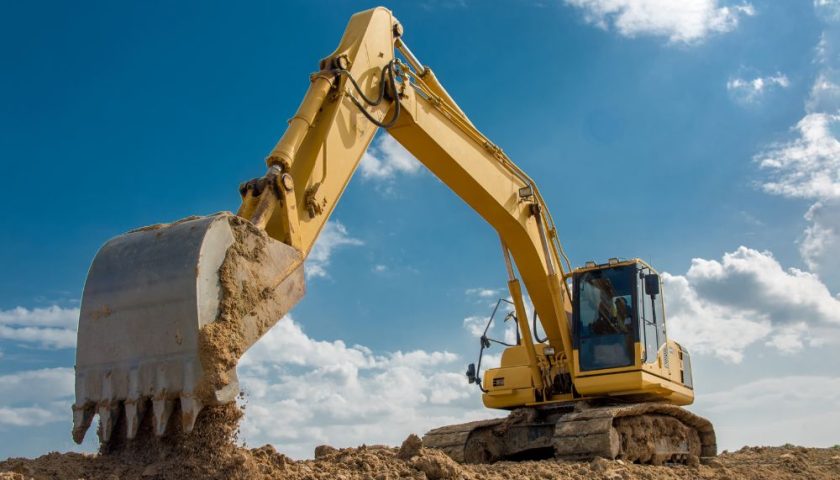Credit: CC0 Public Domain
Seattle’s weather was in the sunny 70s in mid-July as weather forecasters watched as a heat wave topped 90 degrees last week was on its way.
That’s a change from decades past, when heat can hit or miss. Advances in technology and techniques have transformed weather into a high-tech sector with the advancement of satellites, radars and artificial intelligence.
Thanks to vastly improved weather satellites and increasingly sophisticated algorithms, forecasters can predict what the weather will be like today with greater accuracy and for longer periods of time. The possibility of artificial intelligence-powered breakthroughs and an increase in extreme weather events due to climate change have led many innovators and entrepreneurs to turn to weather forecasting with more data than ever before.
The heat wave in the Pacific Northwest was predicted early on by data from satellites that measure the atmosphere over parts of the Pacific Ocean, said Nick Bond, a climate researcher at the University of Washington. The satellites collected data on humidity, temperature and wind, and computers analyzed those conditions with complex equations that predicted when heat would soon hit the area.
“What we can do that way with satellites up in the air is amazing,” Bond said.
The models are not easy to build. According to journalist Andrew Bloom in his book “The Weather Machine,” “landing a spacecraft on Mars requires interacting with hundreds of mathematical variables. Modeling the global atmosphere requires hundreds of thousands.”
Bond said weather forecasting technology was able to accurately predict the 2021 Pacific Northwest heat wave from late June to early July. The heat wave caused at least 100 heat-related deaths, according to the Washington State Department of Health.
Forecasting always has a degree of uncertainty. For example, it is difficult to predict rain because it can be spotty, so forecasters analyze different geographical grids to identify the weather. And as extreme events like thunderstorms and hurricanes intensify due to climate change, forecasting will become more challenging, Bond said.
The challenge, he said, is predicting whether people will prepare or leave.
While the National Weather Service has been and continues to be the dominant player in US forecasting, private sector companies including Microsoft are pursuing technologies they believe can provide more accurate and precise weather reports.
Last year, Microsoft struck a deal with the U.S. Army Corps of Engineers and the U.K.’s National Weather Service to build technology to help model hurricanes and other extreme weather conditions.
Startups specializing in weather forecasting are also rushing into the space. Cambridge, Massachusetts-based Salient Predictions has raised $5.3 million in seed funding. Salient claims its technology is more accurate than that offered by other companies and governments.
When Eric Moldstad founded Seattle-based Accurate Forecasting in 2003, personal weather forecasts were rare and hard to come by. Molstad’s company sends an email to a list of paying subscribers every morning. Now, boutique forecasts and satellite imagery are everywhere and for almost everyone.
“Back then, there was some Internet information, but most of the information (forecast models, satellite images) was only available by subscription,” Molstad said. He said the Internet has made weather forecasting widely available.
Molstad says it uses data from radar, weather stations and satellites to create the daily reports it sends to customers. The reports indicate the previous day’s weather, the current weather and the next day’s forecast.
But new technologies aim to improve the lead time and accuracy of existing models. Brad Coleman, Bayer’s director of climate strategy, testified in Congress last month that “there is some slowdown in the improvement of forecast skills in all major global modeling efforts” as the technology is reaching its limits. Bayer has a subsidiary, Climate Corporation, which focuses on crop development.
Coleman said a system that includes ocean, ice and land models will contribute to expanding forecasting skills because the data is available with longer lead times.
Artificial intelligence has been growing in the forecasting space for the past three years to increase weather accuracy, said UW professor Dale Duran.
Computers processing data from satellites are limited in how much they can process and can take a long time. AI will use additional information, such as from stressed crops, and run faster as the machine learns from similar weather conditions that might apply to current weather, Duran said.
The technology is still developing and cannot be used yet, but it shows promise that predictions can be more accurate. Predictive lead time, however, has limitations that AI has yet to address. The weather, Duran said, is “very chaotic.”
Weather forecasting has improved dramatically since the days when people still had to sit down and use equations, Bond said. The models used now “were only dreams decades ago.”
Heatwave: Why severe weather forecasts have improved so much.
©2022 The Seattle Times
Distributed by Tribune Content Agency, LLC.
Quote: How Seattle is building weather forecasting technology to spot heat waves (2022, August 3) August 3, 2022 from https://phys.org/news/2022-08-seattle-weather-predicting-tech.html
This document is subject to copyright. No part may be reproduced without written permission for the purpose of personal study or research, except for any fair dealings. The content is provided for informational purposes only.




